Water Tools

Watch: Water Tools and Training in Action
Well Drilling
Well Repair & Rehabilitation
Chlorinating Contaminated Water
Water, Sanitization and Hygiene Training
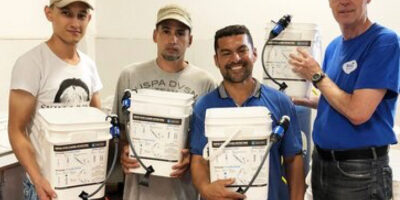
Fiber Membrane Filters
Sawyer water filters give the gift of instant, pure water. Similar to the technology developed for kidney dialysis, contaminated water passes through the filter’s porous, fiber membrane that filters out protozoa, bacteria and other microbes that cause illness. The system is cost efficient and lightweight, making it perfect for homes, refugee camps, and other disaster relief situations.
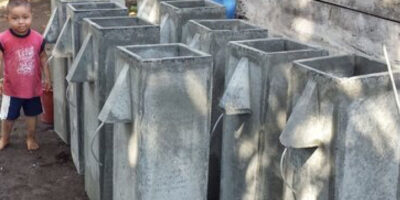
Sand Filters
Bio-Sand Water Filters, developed by Dr. David Manz at the University of Calgary, utilize layers of sand and gravel to filter out harmful substances. After the first month of usage, this system creates a wet biological layer that helps fights against pathogens and contaminants. This closed ecosystem produces enough water for a single household and can last for many decades.
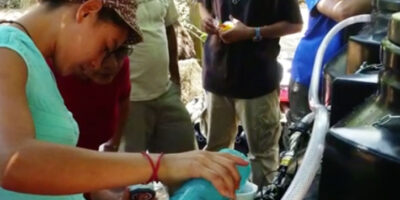
Water Chlorinators
Chlorination is the most widespread method of water disinfection. When there is an existing water source but it’s contaminated, water chlorinators are an efficient and cost-effective way to provide clean drinking water. A single water chlorinator can provide up to 40,000 litres of clean water daily. Using common table salt and a 12-volt car battery, this system produces chlorine gas, which kills harmful coliforms and bacteria that cause disease.

Bleachmakers
An inexpensive bleach solution produced on site can disinfect hospitals, clinics, and schools or purify clean drinking water for families. With no added transportation costs and just the use of water, salt, and a 12vDC power source, a bleachmaker can produce over one gallon of bleach in an hour. The solution helps combat diseases like cholera and other water based pathogens, helping to improve health outcomes across an entire community.
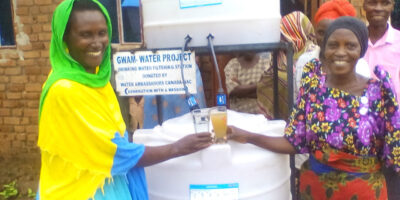
Filter Stations
Filter stations involve utilizing several water filters simultaneously to filter contaminated pond water from one large tank to another. Developed by in-country partners, these systems provide communities with safe drinking water efficiently and effectively.

Well Drilling
In communities where water is scarce and water sources are far away, Water Ambassadors Canada helps deliver clean water by drilling a well and fitting it when a hand pump. This process typically takes a team 4 to 5 days to drill a new well, and is completed with support and community engagement from local villages. One well can provide thousands of litres of safe drinking water.
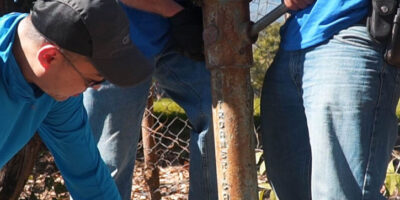
Well Repair & Rehabilitation
It’s estimated that over half the wells in most developing countries are broken. Through well repair and rehabilitation, our water project teams help remove broken pipes and replace them with new plumbing. Typical repair jobs can be done in one day by our teams.

Water, Sanitization and Hygiene Training
Water Ambassadors Canada provides a one-day training program that will equip our project team members with the skills and instructional techniques to teach local men, women, and children about health and basic hygiene practices that will benefit their families. Topics covered include hand washing, disease transmission, sanitation, and how to maintain their water technologies to ensure a consistent supply of clean water.